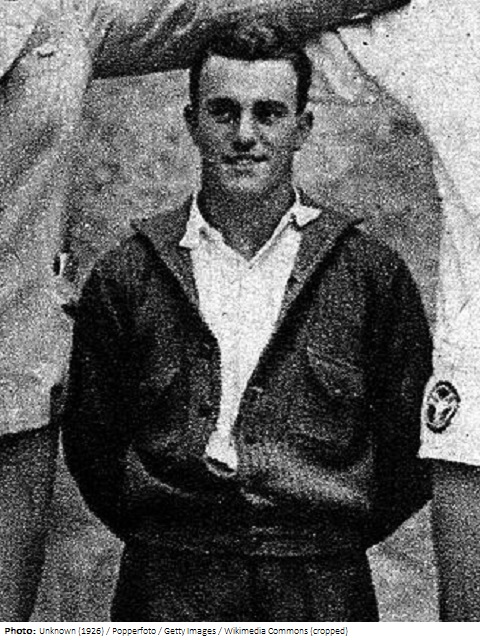Pete Desjardins’s family moved from Canada to Miami Beach when he was a small boy and it was there that he took up diving. Having become an American citizen, he qualified for the U.S. Olympic team in 1924, winning a silver medal in the springboard and placing sixth in the plain highboard event. In 1928 he retained both Olympic diving titles for Stanford by matching Al White)’s double victory of 1924. At the Olympics, Desjardins was at his best in the springboard, being awarded a perfect 10 for two of his dives, but he was rather more fortunate to take the platform title. Initially the verdict went to Farid Simaika, an Egyptian studying at UCLA, and the victory ceremony was actually underway with the Egyptian national anthem being played, when the decision was reversed. Although Simiaka had accumulated more points than Desjardins, four out of five judges had placed Desjardins ahead of the Egyptian and, under the rules in force at the time, the gold medal went to Desjardins. Pete Desjardins won a total of 13 AAU titles, with nine of the victories coming while he was still a high school student. He was an economics graduate of Stanford, and after the 1928 Olympics he was declared a professional for appearing in a Miami water show with Johnny Weissmuller, Martha Norelius and Helen Meany. He continued to appear in Billy Rose’s Aquacades until the outbreak of World War II and was still featured in diving shows thru the 1960s.

 United States
United States USA
USA USA
USA